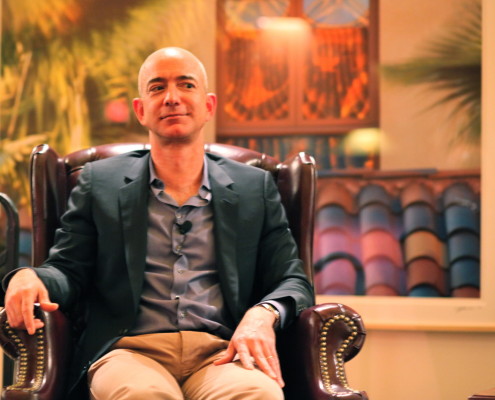The New York Times vs Amazon: And Why We Love The Combat
It’s been a summer filled with big news from big companies: we first heard about Google Alphabet, Facebook Livestream, and Apple Music. So it seemed only appropriate that Amazon would chime in by summer’s end. Lo and behold, on August 15, news about Amazon exploded in the media, but — cue the warning sign — it didn’t come from the company itself. Rather, it came in the form of a workplace culture exposé via The New York Times: Inside Amazon: Wrestling Big Ideas in a Bruising Workplace.

The lengthy piece draws upon interviews with 100 current or former Amazon employees. It seeks to exemplify the ways in which Amazon has evidently become a dystopian pit of despair, where employee skills are sucked up mercilessly until they leave the company, pushed to a nervous, stressed precipice from which they might never rebound. (Yeah — there’s some drama to it.)
The Times has received 5776 comments on the article (at the time of this writing). Likewise, numerous opinion pieces and news segments have since discussed the article and its implications passionately and at length, branching out from the Amazon work environment to include Amazon’s ongoing warehouse issues, the secrecy and work ethic at fellow tech giants, and opinions surrounding America’s work culture overall. It even elicited a response from Jeff Bezos himself, Founder and CEO of Amazon. In his memo to “Amazonians,” Bezos dismissed the allegations leveled in the Times article and urged employees to come forward if such disastrous anecdotes were indeed true.

Jeff Bezos, Founder and CEO of Amazon
What was shocking from a PR & marketing perspective was the lack of quantitative data. While Jodi Kantor and David Streitfeld underwent time, effort, and thorough reporting to gain insight into the experiences of 100 current or former Amazon employees, the purely anecdotal piece leaves us wanting employee retention charts. Cristina Alesci, CNN Money Correspondent, echoed this desire for data, but pointed out that while Amazon is public regarding values and goals, they are historically tight-lipped with internal data.
This article represents the glorious, incendiary power of the media. The reactions received — surely both anticipated and unanticipated — and the amount of attention the article has garnered overall are validating for us as media liaisons, as marketers and as press relations people. We know (and this article is proof) that print is not dead, that the ever-evolving mediascape is as powerful as ever, and that press continues to work wonders.


